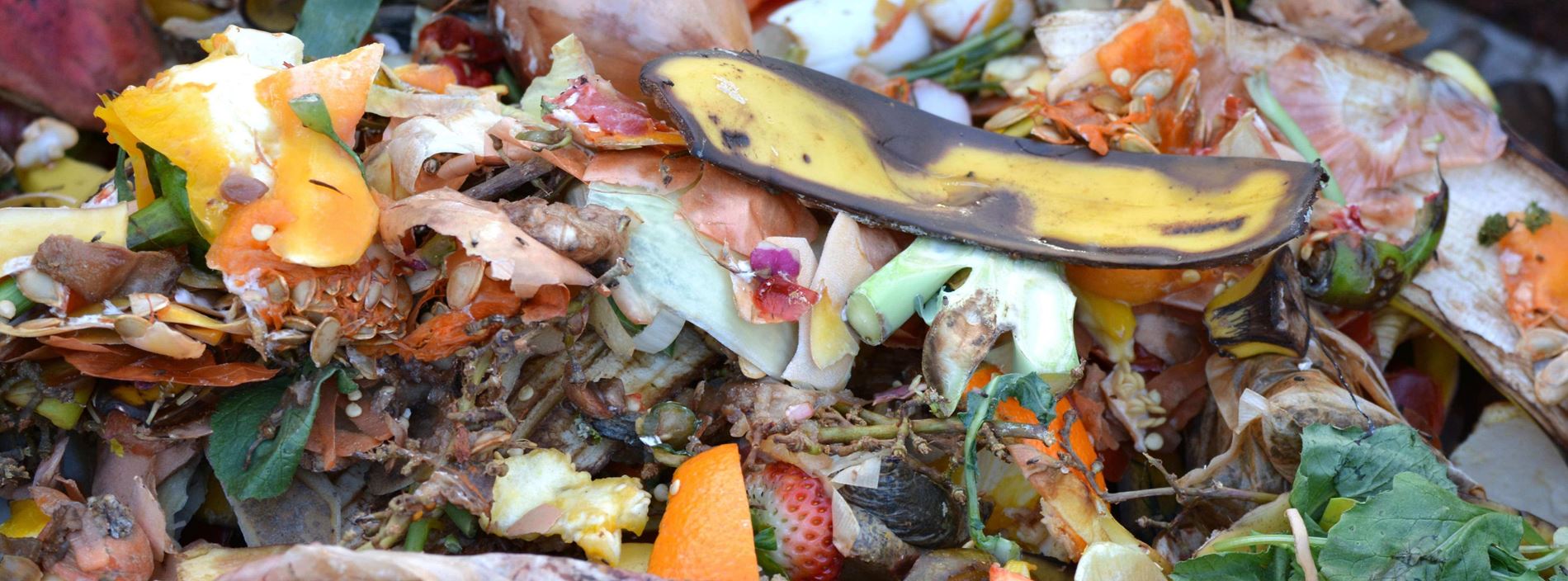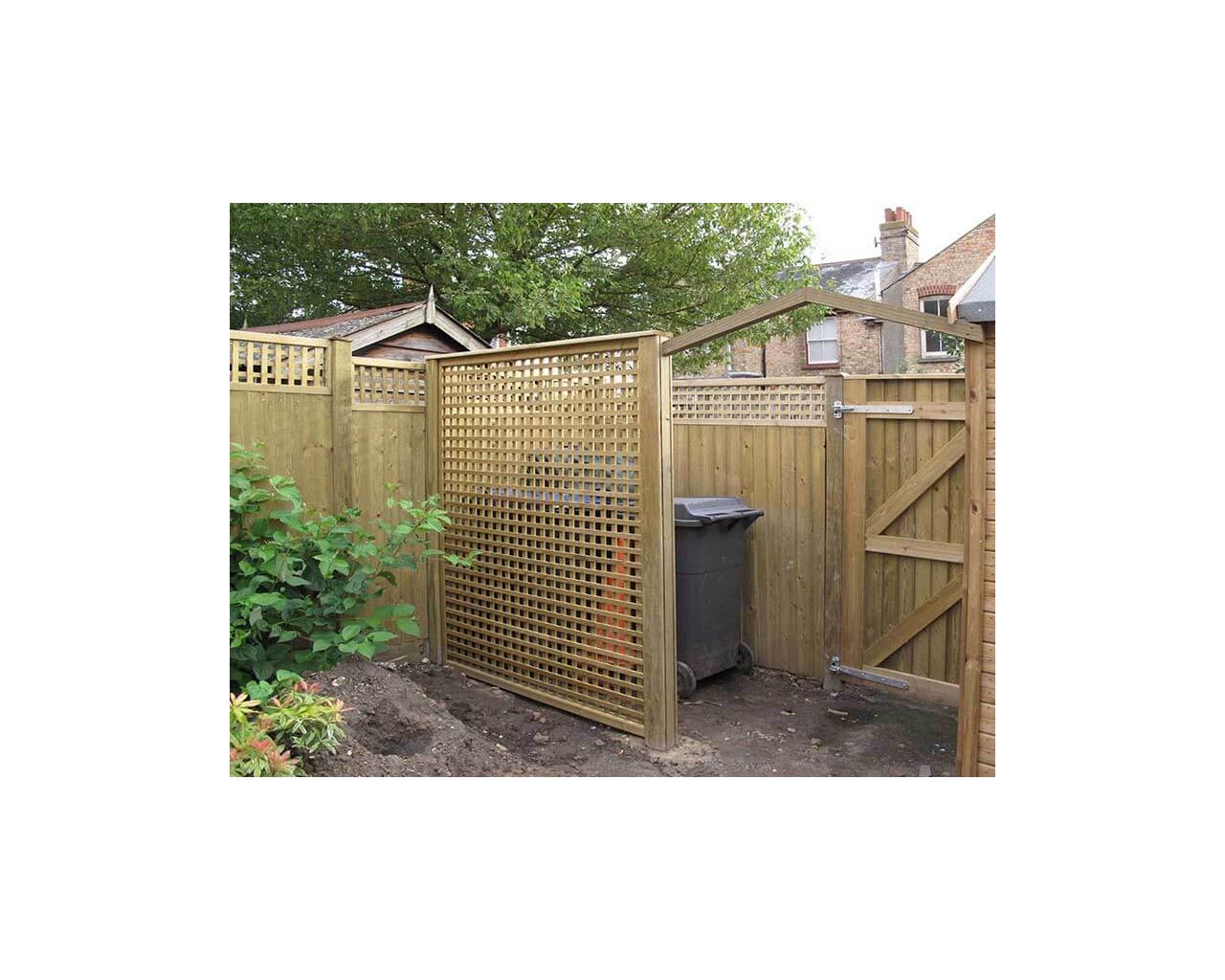14/10/2015 11:00 PM
Compost is quite a buzz word in the environmentally aware society that we now live in, but what is all the fuss about and why do gardeners always rave about this ‘wonder’ product? This blog seeks to unearth (!) the mystery surrounding the world of compost…
Remember no matter how skilled a gardener you are; without good soil you will never achieve the best results in your outdoor space. Compost acts as a soil conditioner, providing a welcoming environment where plants and flowers will flourish
The formal definition of compost or ‘humus’ is ‘decayed organic material used as fertiliser for growing plants’ but in layman terms, compost is the equivalent of a totally natural ‘superfood’ for soil! In essence it is a nutrient rich product that has many functions, it helps to improve the soil structure, it maintains important moisture levels, it keeps the soil’s acidity / alkalinity levels balanced and it also provides some defence against soil born plant disease.
How compost is used
You can add compost to the garden at any time as maintaining the quality of the soil is not just a year round requirement but a lifelong commitment. Good gardeners will regularly apply compost to soil to aid the growing process, frequently adding it just before planting or in the autumn, when the natural frosts and freezes will help work the compost into the heart of the soil.
DIY compost
There are a number of commercial compost brands, which you buy in a bag or you can also buy in bulk from a local supplier. However, an increasingly popular route is to ‘grow your own’ compost from a range of decomposed organic matter. According to the RHS website the perfect ‘recipe’ for home compost is a quarter to half green and the rest brown material.
Green materials that are high in nitrogen include: coffee grounds, plant branches / trimmed greenery, grass clippings, hair, kitchen scraps such as stale bread, tea bags, citrus rinds and fruit and vegetable peels, rotted manure, seaweed and houseplants.
Brown materials that are high in carbon include: cardboard, corn cobs and stalks, leaves, bark, newspaper, shredded paper (not shiny magazines), pine needles, sawdust, straw and hay.
Add a dash of eggshells to provide a source of calcium to your compost mix.Items to avoid in your compost recipe include bones, dog / cat faeces, oil, grease, fat, wood ash, meat / fish scraps, dairy products, weed seeds or diseased plants.
If you find the compost is too wet, add more ‘brown’ material, alternatively if is looking too dry, add more ‘greens’!

The composting process
Compost can be made using either a bin or an open pile but the most important point is to allow the materials to aerate. Regular mixing and the addition of scrunched up bits of cardboard will help to create air pockets that keep the compost healthy. Choose a spot in the garden that will enjoy a constant ‘climate’ with no extremes in temperature or moisture, According to www.planetnatural.com, compost decomposes fastest between 120 and 160 degrees Fahrenheit. This will allow the bacteria and fungi to work best at converting the waste material into valuable compost. A well drained spot is also important as this will encourage worms to gain access allowing them to do their job by breaking down the content. Turning the contents of the heap will speed up the composting process.
If you opt for a compost pile you might want to consider screening the heap of debris by clever planting or by installing an attractive fence or screen. Lattice trellis panels can help establish a dedicated compost zone in the garden – you can even add some scented climbing plants to further detract from the compost site itself.

Composting bins are obviously convenient and effectively contain the compost. These can be bought either in a stationery bin or a rotating format. The latter incorporates a facility to turn or ‘tumble’ the bin allowing the oxygen to penetrate the core ingredients to encourage rotting down. Visit Pinterest for some great compost heap / bin suggestions, including how to make your own compost tumbler!
Correct compost
When it is ready to use, the compost should be dark and rich in colour with a crumbly texture. Far from smelling of kitchen waste, it should have a sweet earthy fragrance and you should not be able to detect any of the ‘individual ingredients’ that have gone into your mix! The journey to achieve the final product can take between three months and a year, depending on the type of organic matter and the compost process you use, and how frequently it is aired.
If you are experiencing any problems with making compost, www.planetnatural.com features a useful troubleshooting guide.
Have you got any great composting tips to share? Tweet us your personal recommendations on how to ‘grow’ the perfect compost!
